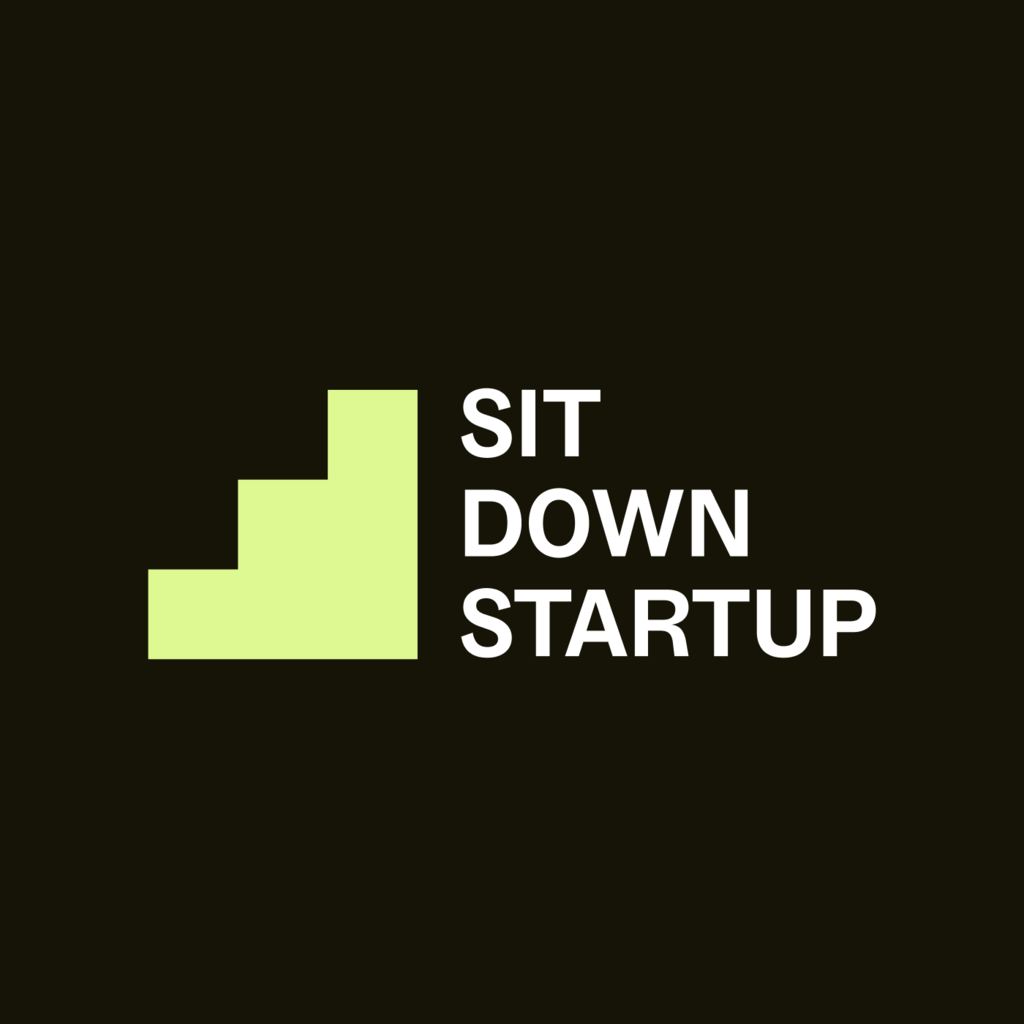Article • 3 min read
Outreach’s Manny Medina on why you should stay close to your customers
Outreach co-founder and CEO Manny Medina shares his success formula: leveraging feedback, focusing on customer retention, and empowering employees.
Por Adam O'Donnell, Sit Down Startup podcast host
Última actualización en October 27, 2023
When sales software company Outreach began in 2014, three people were making the amount of sales a team of 20 would. Today, the company has 1,000 employees worldwide and over 5,000 customers.
In this episode, co-founder and CEO Manny Medina discusses how Outreach used customer feedback to improve offerings, the secret to expansion, and why he encourages employees to be high performers in and outside of the office.
Using feedback to make improvements
In the early days of Outreach, the team focused on how they could get more meetings with customers. “We optimized everything for meeting generation, and that allowed us to be really close to the customer,” Medina says. “There is a lot of talk about product-led growth, but that abstracts you from understanding your core user.”
The mission to understand their target customers led Medina and his team to take a proactive approach. “We were calling the customer nearly every week,” he recalls. “We would say, ‘Hey, why are you using Outreach? Then, we got feedback and we used that feedback to build the next bit of the product or continue to sell that value proposition.”
Medina states that developing a close relationship with customers has additional benefits.
“Staying close to the customer allows you to build pipeline, generate revenue, and know that you have product-market fit.”
Prioritizing customer retention before expansion
When it comes to expansion, Medina insists that the focus should primarily be on retaining existing customers and understanding their needs. “Expansion begins with retention and customer success,” he says. “We onboarded every customer by hand to make sure we understood their workflows because we sell workflows.”
Medina and his team were determined to know how each customer executed their work. He says, “Our workflow means that a human being is going to touch the software and get a result out of it. So, we made sure we understood the business process we were optimizing for.”
Outreach tracked each customer’s team activities and considered their performance. If they were not using the Outreach software or leveraging it to its full potential, Outreach took a proactive approach.
“We would call them and say, ‘What’s going on?’ Where do you get stuck?” Medina recalls. “We called it ‘uncomfortably close customer success.’ It was literally like we were watching you from behind so we could jump in and identify the problem. That allowed us to have a really high gross retention number.”
Once you have a high gross retention number, Medina says you can expand on it by asking happy customers for referrals.
Encouraging your employees to be high performers in and outside the organization
Some companies can be hesitant when it comes to employees having side hustles. They fear that side hustles will distract workers from their roles. Medina takes a different view: “What could be the objections? Are [the employees] working less? No, they are never working less. The people who are doing side hustles are usually the highest performing.”
In Medina’s experience, employees engage in side hustles because they are ambitious, and staying busy is intrinsic to their identity. “There is a saying, ‘If you want something done, you’ll give it to the busiest person.’ Busy minds are busy for a reason. You want to let it be busy because that makes it more effective.”
Medina is even comfortable with Outreach employees finding opportunities that will help with their professional development. “Even for my directs, I let them sit on boards,” he says. “‘Go see what the world looks like outside. Go learn of problems we haven’t had yet.’ That makes a better professional.”
